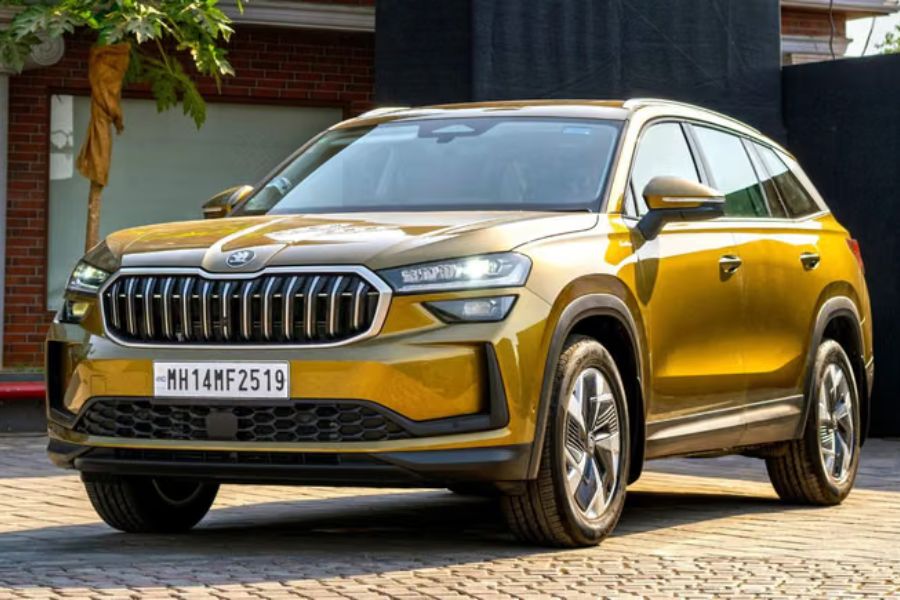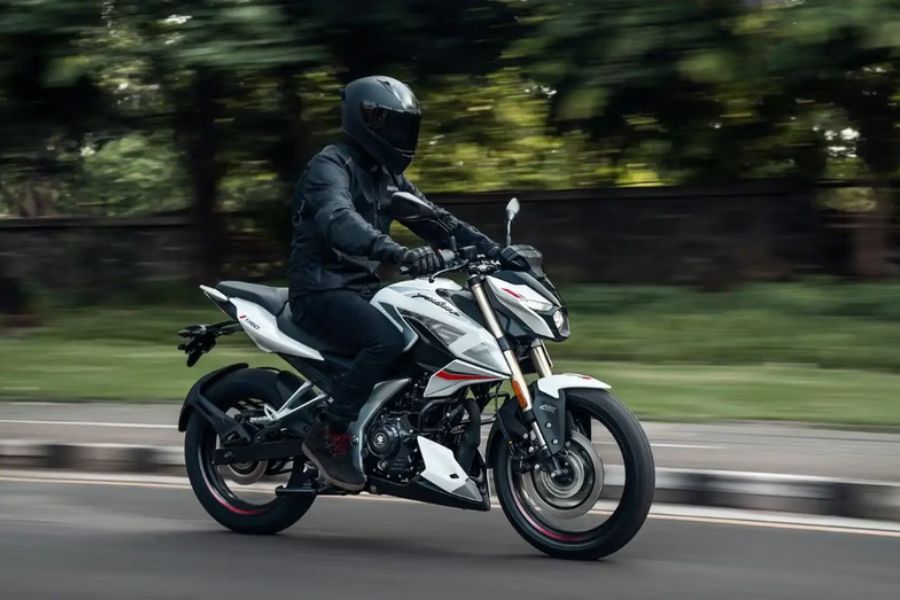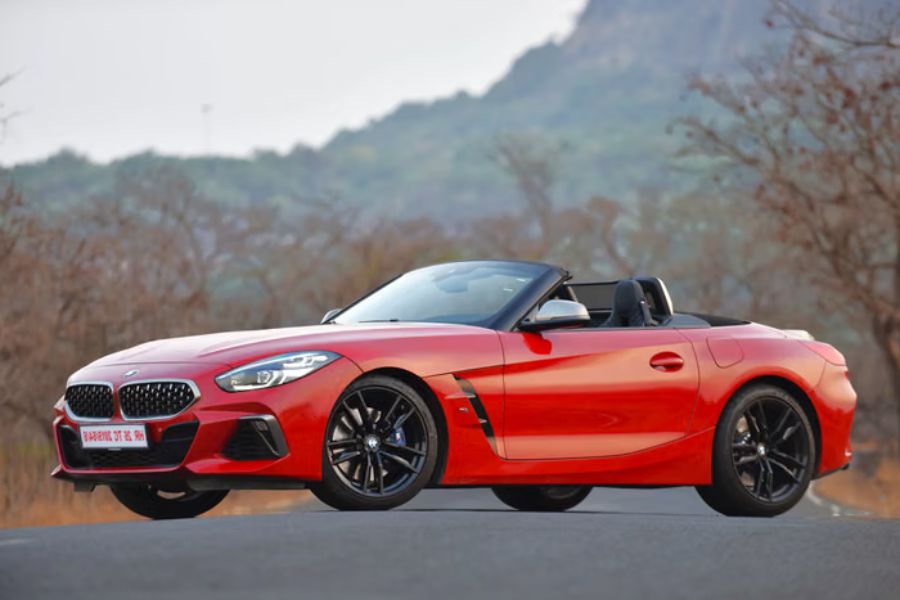The Tata Harrier EV marks a bold new chapter for the brand, not just by going electric, but by venturing into terrain no Harrier has ever tread before—literally. With dual electric motors powering all four wheels, the top-spec Harrier EV QWD (Quad Wheel Drive) promises a true AWD experience, transforming the Harrier from a front-wheel-drive urban SUV to a capable off-road explorer. We got a quick, curated taste of what it can do at Tata Motors’ ‘Quad Day’ event.
Quick Glance: Tata Harrier EV QWD Specs
The variant on showcase was the top-end dual-motor QWD. Power comes from two motors—one on each axle. The rear gets a 238hp permanent magnet synchronous motor, while the front uses a 158hp induction motor. However, due to limitations like battery discharge rates, the total system output is capped at 313hp and 540Nm of torque. Power is drawn from a 75kWh battery pack.
Off-Road: Where the Real Story Begins
Our off-road run was brief but revealing, conducted on a purpose-built trail near the Buddh International Circuit. First up was a rocky stretch where the Harrier’s Off-Road Assist—essentially a low-speed cruise control—proved effective. With the speed set as low as 5kph, the EV maintained composure and traction over uneven surfaces. What stood out was the ride comfort, thanks to a new all-independent suspension setup with frequency-sensitive dampers—noticeably smoother than the diesel Harrier’s torsion beam rear.
A particularly daunting test was a steep 34-degree incline dubbed “the bridge”. It’s the kind of obstacle a regular 2WD Harrier couldn’t dream of tackling. The EV climbed confidently. Pausing midway to test hill-hold assist, the system impressed by holding position without rollback. Though the descent wasn’t handled via hill-descent control, manual braking felt adequately composed.
Off-Road Modes and Features
The Harrier EV offers terrain-specific drive modes—Snow/Grass, Mud Ruts, Rock Crawl, and Sand. In the small sand pit, selecting the Sand mode optimized power delivery and traction, although the obstacle itself didn’t really challenge the car.
A visual highlight was the “camel hump”, a large see-saw structure illustrating the Harrier’s approach (25.3°), breakover (16.6°), and departure (26.4°) angles. The belly grazed lightly over the tallest mound, suggesting a ground clearance likely around 200mm (unladen), though Tata hasn’t officially confirmed the figure.
The slush pit, another SUV-stopper for anything without AWD, was dispatched with little drama. Without using Off-Road Assist, the EV managed wheelspin and torque distribution effortlessly, dynamically shifting power between the axles—though this happened invisibly from the cabin.
Even a flight of stairs was part of the test course. While the climb was smooth, the descent required careful braking, and the front lip did scrape slightly when leveling out.
Water Wading and Towing Power
Adding to its off-road arsenal, the Harrier EV can ford up to 600mm of water—crucial during India’s monsoons. In a surprising demo, it even towed a 24-tonne 8×8 army truck on the BIC main straight—an attention-grabbing showcase of electric torque.
On-Road Performance: Quickest Indian-Made SUV?
The Harrier EV is not just about off-road. Tata claims a 0-100kph time of 6.3 seconds, which would make it the fastest made-in-India car. During a demonstration, the Harrier EV touched 160kph on the track, hinting at plenty of power left in reserve. Handling also felt sorted, though we’ll save final impressions for a full road test.
ADAS and Smart Tech: High on Innovation
A number of ADAS features were also demoed. Intelligent Speed Assist reads speed limit signs and prompts the driver to adjust accordingly, while Autonomous Emergency Braking helps prevent frontal collisions.
The Harrier EV also gets auto-parking that works both from inside and outside the vehicle—a boon in tight parking spots. Reverse Assist, which memorizes and retraces the last 50 meters automatically, functioned well in a simulated urban setting.
Among the flashiest tech features is the Digital Rear View Mirror—a camera-fed display that replaces the conventional mirror. It offers clear visuals during the day, though performance in poor weather or low light remains to be seen. The Transparent Bonnet view—a stitched front-camera feed showing underbody terrain—is especially useful during off-road manoeuvres.
Price and Rivals: The Premium AWD Edge
Tata has only revealed pricing for the base Harrier EV (Rs 21.49 lakh for the single-motor, 65kWh variant). The QWD dual-motor AWD variant is expected to land above the Rs 30 lakh mark. Its chief rival, the Mahindra XUV.e9 (aka XUV 9e), offers comparable specs but lacks a true AWD system—giving Tata a potential upper hand for now.
First Verdict: A Capable, Feature-Loaded EV with Real Off-Road Muscle
Even in this short stint, the Harrier EV left a strong first impression. Its dual-motor AWD setup, off-road features, and tech arsenal bring a fresh, premium edge to the segment. While it still awaits a thorough road test, the Harrier EV QWD shows that Tata is not just building electric SUVs—it’s engineering adventure-ready machines for a new era.
Read More:




